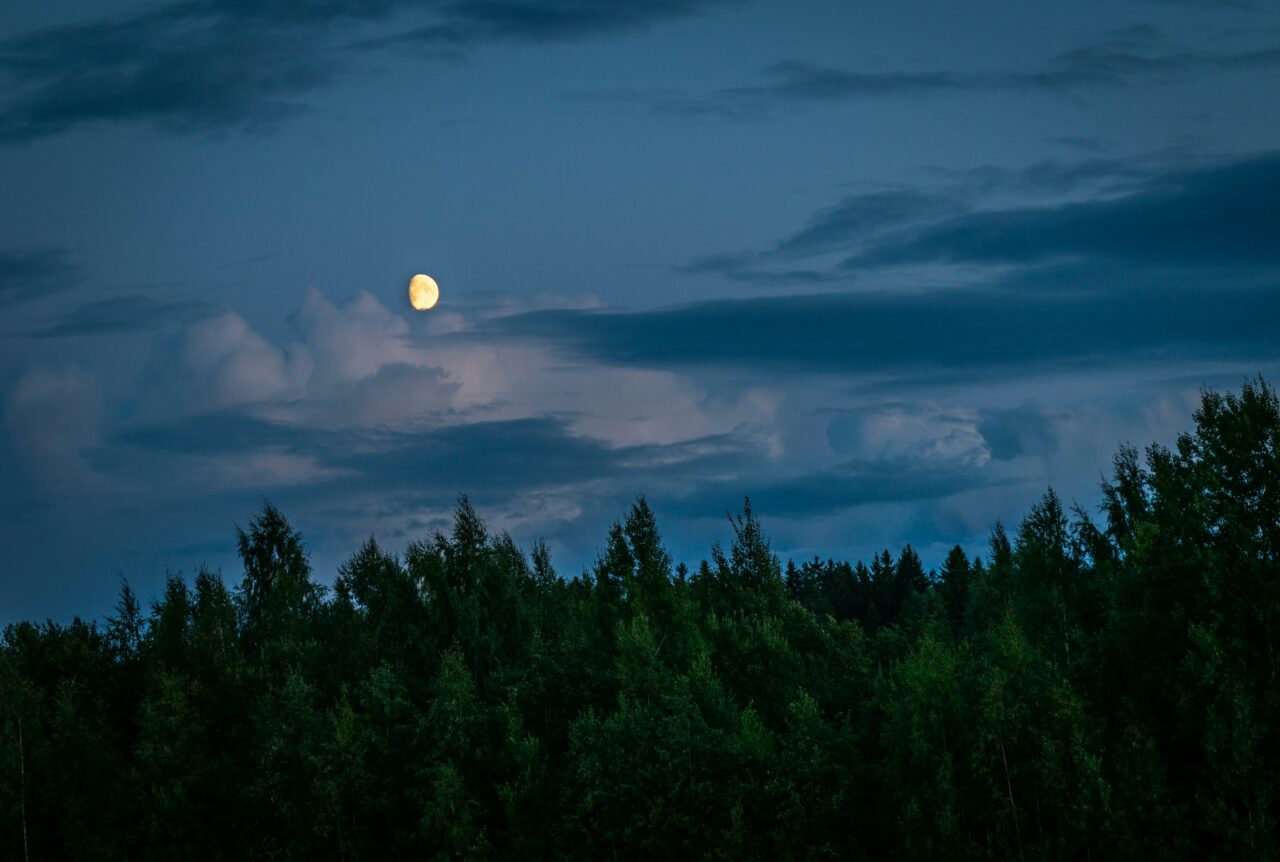If you love watching the night sky, you are in for a treat on Sept. 29, 2023. That’s when the Harvest Moon, the full moon closest to the autumn equinox, will shine brightly in the sky.
It will also be the last supermoon of the year, meaning it will appear larger and brighter than usual.
Here’s how you can enjoy this beautiful event from different parts of the world.
What is the Harvest Moon?
The Harvest Moon is the name given to the full moon that occurs nearest to the autumn equinox, which marks the start of fall in the Northern Hemisphere. The name comes from the farmers who used to rely on its light to harvest their crops at night.
The Harvest Moon rises earlier than usual, providing more hours of illumination. The Harvest Moon also has a distinctive color, ranging from orange to yellow, due to the scattering of light by the atmosphere when it is low in the sky. This effect makes the moon look like a ripe pumpkin or a glowing lantern.
The Harvest Moon is not always in September. Sometimes it falls in October, depending on the lunar cycle and the date of the equinox. The last time it was in October was in 2022, and the next time will be in 2024.
Why is it a Supermoon?
A supermoon is a full moon that occurs when the moon is at its closest point to Earth in its elliptical orbit. This makes it appear up to 8% larger and 16% brighter than a normal full moon. The technical term for this phenomenon is perigee-syzygy.
There are usually three or four supermoons in a year, but in 2023 there are four in a row: July, August (two), and September.
The September Harvest Moon is the last one of this series, and also the smallest one, since it is not as close to Earth as the previous ones.
How to see it from different parts of the world?
The Harvest Moon will be visible from anywhere on Earth where the sky is clear and there are no obstructions. However, some places may offer a better view of the moon and its surroundings, such as open fields, hills, mountains, or water bodies.
According to Timeanddate.com, here are some of the times when the moon will reach its fullest phase in different time zones:
– New York, USA: 5:58 a.m. EDT on Sept. 29
– London, UK: 10:58 a.m. BST on Sept. 29
– Singapore: 5:58 p.m. SGT on Sept. 29
– Sydney, Australia: 7:58 p.m. AEST on Sept. 29
You can check the exact time for your location here: https://www.timeanddate.com/moon/phases/
To see the moon at its largest and most colorful, you should look for it near the horizon, just after sunset or before sunrise. You can use binoculars or telescopes to get a closer look at its features, such as craters, mountains, and seas.
You can also take pictures of the moon with your smartphone or camera, but you may need to adjust some settings to get a good shot.
What else can you see in the night sky?
The Harvest Moon is not the only celestial wonder you can enjoy in late September and early October. You can also look for Jupiter and Saturn, which are still bright and close together in the evening sky. You can find them by looking south after sunset.
You can also watch out for the Draconid meteor shower, which peaks on Oct. 8 and 9. This meteor shower is not very active, producing only about 10 meteors per hour, but it can sometimes surprise with more intense bursts. The best time to see it is in the evening, before midnight, when the radiant point (the point where the meteors seem to originate from) is high in the sky. The radiant point is located near the head of Draco, the dragon constellation, which gives this meteor shower its name.
The Draconid meteor shower is caused by debris from Comet 21P/Giacobini-Zinner, which orbits the sun every 6.6 years. The comet last passed near Earth in 2018, and will do so again in 2024.
To see the meteors, you need a dark and clear sky, away from city lights and pollution. You don’t need any special equipment, just your eyes and some patience. Lie down on a blanket or a chair, and look up at the sky. Relax and enjoy the show!
The Harvest Moon and the Draconid meteor shower are wonderful opportunities to appreciate the beauty and wonder of nature and space. Don’t miss them!
In Closing:
The Harvest Moon is a wonderful reminder of the beauty and mystery of nature. It is also a symbol of abundance, gratitude, and harvest. Take some time to appreciate this celestial gift and share your photos and experiences with us using #HarvestMoon2023.
Happy stargazing, and may your September 29 be filled with cosmic inspiration and creative sparks! ✨🌟🌌


